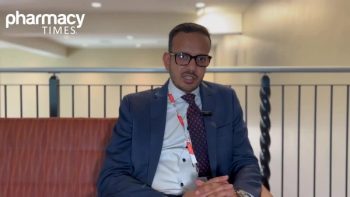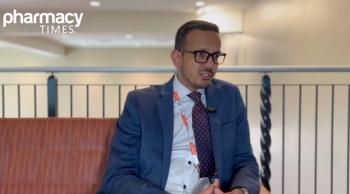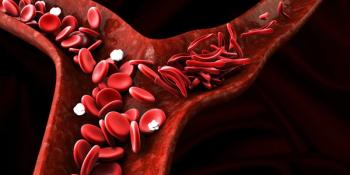
As Out-of-Pocket Costs Rise, Hepatitis C Drug Adherence Drops
Manufacturer coupons found to show significant benefits reducing Sovaldi cost share.
The high price tag of hepatitis C virus (HCV) drugs has caused widespread criticism, and raises the issue of how much insured members should contribute as a cost share.
Although most manufacturers offer coupons to help reduce members’ cost share, little information was known on the extent HCV drug coupons are used, or about the potential impact on initial medication adherence.
Currently, pharmaceutical manufacturer coupons for HCV drugs have become available to help lower member cost to $5 per prescription fill to a maximum of 25% of the catalog price for a 12-week treatment regimen, according to a study published in
This offer is valid for 6 months from the time of a patient’s first redemption. The researchers wanted to describe the rates of sofosbuvir (Sovaldi) initial medication adherence as a function of the insurer-required out-of-pocket cost, and to determine how manufacturer coupons may affect the insurer-required member cost.
For the observational cross-sectional analysis, researchers used administrative pharmacy claims data from 13 million commercially insured members from 14 different plans to identify those who were newly initiating HCV therapy with Sovaldi between January and September 2014. Members who were eligible for the study were required to be continuously enrolled for 90 days after the first Sovaldi transaction.
For a sensitivity analysis, members had to have 180 days of continuous enrollment after the first transaction. Members were categorized as either Sovaldi initial adherence or as abandoning therapy.
Participants were placed into cost-share groups based on the amount of insurer-required cost share from their index Sovaldi claim. They also examined severity of illness and total drug costs for non-Sovaldi pharmacy claims in 2014.
The goal was to evaluate the association between insurer-required member cost and initial medication adherence. In a sub-analysis, the study evaluated Sovaldi index claims with available coupon data to determine how coupon use impacted insurer-required member cost.
Researchers identified 3991 members who had met all of the study’s criteria. A majority of the members (67.3%) had an insurer-required cost share of less than $250 for their index Sovaldi claim. Only 201 members (5%) were exposed to a member cost of more than $10,000.
The results of the study showed that overall, the index of Sovaldi abandonment rate was 7.4%. In the $0 to <$50-member cost group, Sovaldi abandonment started at 3.8%, and stayed below 8% up to the $5000 to <$10,000 cost group. In the member cost group of $10,000 or more, 52.7% abandoned Sovaldi therapy.
In the logistic regression model, there was an association between member cost and abandonment that started at $2500 to <$5000 (OR, 1.9; 95% CI, 1.01 — 3.43; P= .0393). The average member Sovaldi index claim cost was $1349 before the coupon was used and $28 after.
The average member sofosbuvir index claim cost was $1349 before a coupon was applied, and $28 after. Overall, coupons offset the member amounts paid by 98%, and coupons amounted to $771,593 of the $787,860 total member cost.
Authors noted that there were several limitations to the study such as: not analyzing member characteristics like health literacy, treatment preferences, or prior treatment failures; the assumption that members who abandoned therapy did so only because of their insurer-required Sovaldi member cost share, and did not include additional factors; data availability and study design; using only commercially insured populations; and limiting the impact of Sovaldi coupons on member cost share to only members who filled their initial Sovaldi claim at a specialty pharmacy.
The findings revealed that when a manufacturer coupon was used for
Researchers believe that the coupons for HCV therapy could potentially help in the prevention of initial therapy abandonment, since the results of the study showed that an insurer-required member cost share more than $2500 was associated with higher rates of Sovaldi abandonment.
However, researchers stated that coupons for non-preferred drugs could result in higher premiums because of the loss of formulary management capabilities, which is needed in order to keep premiums low.
Newsletter
Stay informed on drug updates, treatment guidelines, and pharmacy practice trends—subscribe to Pharmacy Times for weekly clinical insights.



















































































































































































































